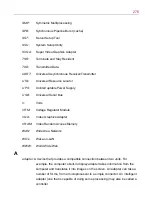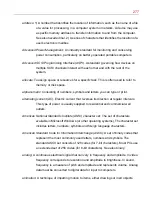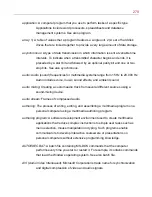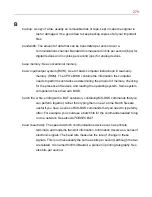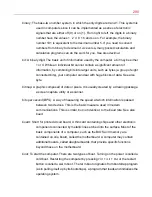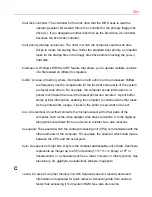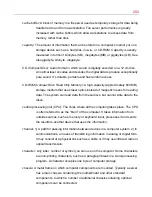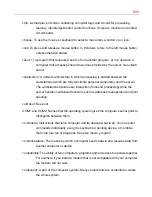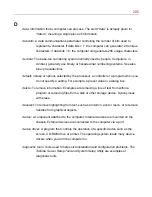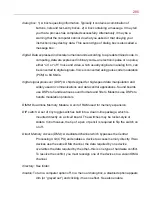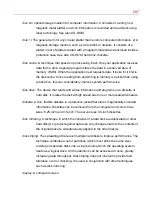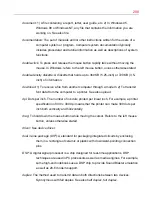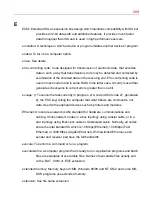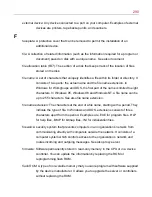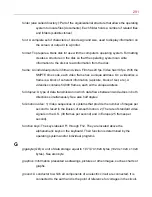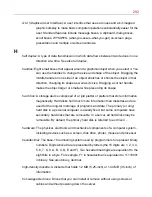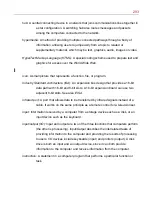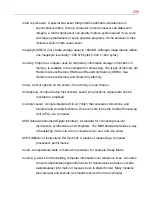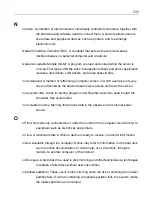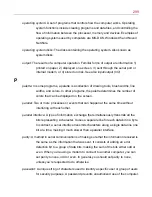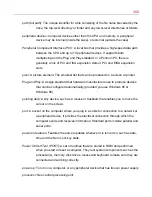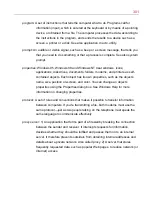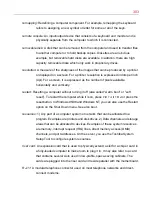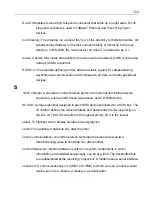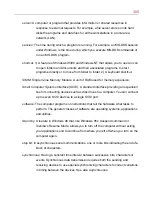
290
external device: Any device connected to a port on your computer. Examples of external
devices are printers, tape backup units, and scanners.
F
faceplate: A protective cover that can be removed to permit the installation of an
additional device.
file: A collection of related information (such as the information required for a program or
document) saved on disk with a unique name . See also document.
file allocation table (FAT): The section of a disk that keeps track of the location of files
stored on the disk.
file name: A set of characters that uniquely identifies a file within its folder or directory. It
consists of two parts: the actual name and the file name extension. In
Windows for Workgroups and DOS, the first part of the name is limited to eight
characters. In Windows 95, Windows 98 and Windows NT, a file name can be
up to 255 characters. See also file name extension.
file name extension: The characters at the end of a file name, starting with a period. They
indicate the type of file. In Windows and DOS, extensions consist of three
characters apart from the period. Examples are .EXE for program files, .HLP
for help files, .BMP for bitmap files, .INI for initialization files.
firewall: A security system that prevents computers in an organization’s network from
communicating directly with computers outside the network. It consists of a
computer system which controls access to the organization’s network and
routes incoming and outgoing messages. See also proxy server.
firmware: Software permanently stored in read-only memory in the CPU or in a device
controller. You can update the information by replacing the ROM or
reprogramming flash ROM.
flash ROM: A type of non-volatile memory that you can reprogram with software supplied
by the device manufacturer. It allows you to upgrade the server or controllers
without replacing the ROM.
Summary of Contents for 3200
Page 1: ... ...
Page 309: ...309 ...

